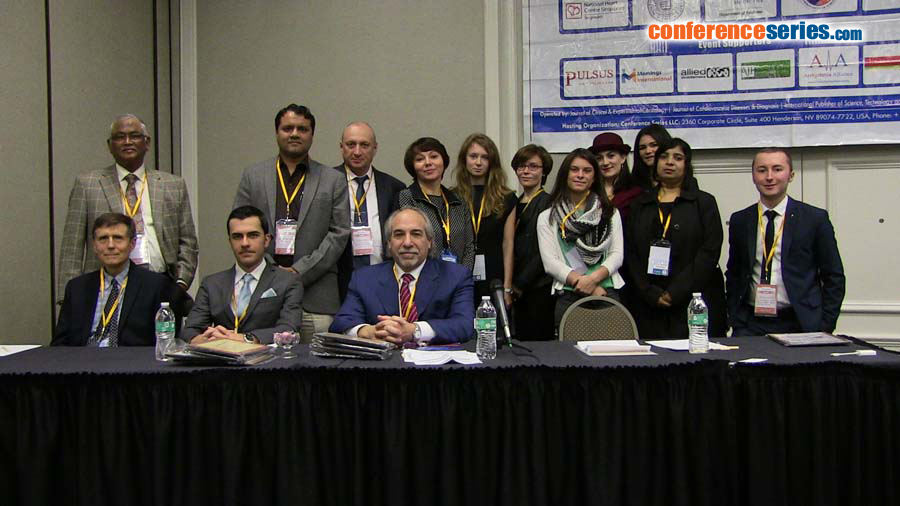
Branko Furst
Albany Medical College, USA
Title: The Heart: Pressure-Propulsion Pump or Organ of Impedance
Biography
Biography: Branko Furst
Abstract
In spite of the general agreement that the pressure gradient provided by the heart is the source of blood propulsion, the issue about the control of cardiac output (CO) continues to be the subject of a vigorous debate. A systematic review of the circulation models shows that the classic pressure propulsion (PP) model falls short of explaining an increasing number of circulatory phenomena. For example: the debate over the source of blood propulsion in the valveless embryo heart remains unresolved; mechanical occlusion of the aorta results in a paradoxical increase in CO by 20-40% under controlled experimental conditions; a 4-5 fold increase in CO during aerobic exercise that exceeds the theoretical pumping capacity of the heart has long baffled exercise physiologists.
It is proposed that the long-standing impasse in the debate over the control of CO can be resolved by adopting the phenomenon-based, evolutionary model of circulation. Evidence shows that the movement of blood is the primary phenomenon generated at the levels of the capillaries. It exists before the functional maturity of the heart and is intricately linked with metabolic demands of the tissues. Accordingly, the pressure in the vessels is a derived phenomenon resulting from the rhythmic interruption of flow by the heart in combination with the dynamic response of the peripheral vasculature. The heart thus functions as an impedance-pump generating pressure, but not the flow of blood.
The importance of the proposed open-system, evolutionary circulation model for the understanding of basic physiology and clinical cardiology will be discussed and contrasted with the existing, closed-system PP models



